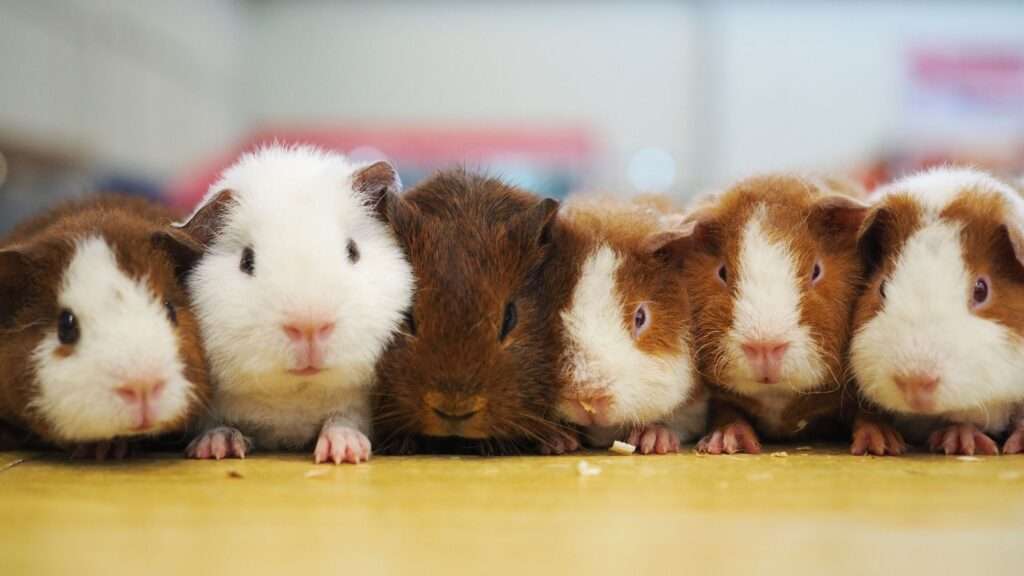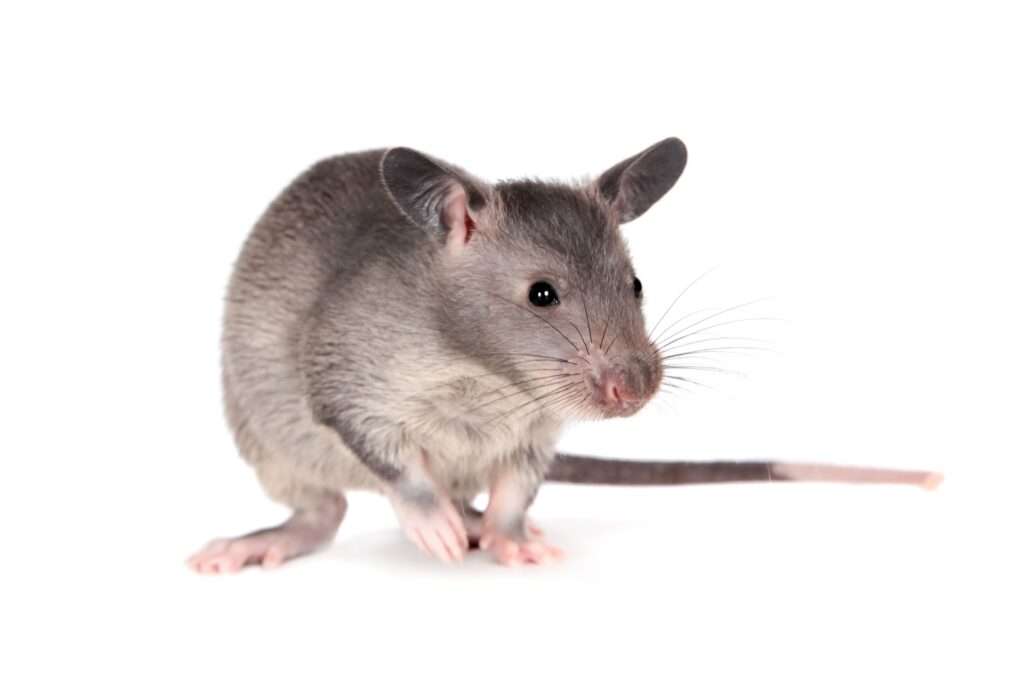
Actually, there are several little species of hamsters that are native to desert areas of the planet, including dwarf hamsters. These gregarious little critters thrive in pairs or small groups rather than living alone, in contrast to their larger, more territorial counterparts. They make good pets since they are often calm and easy to handle. They are also entertaining to watch as they play and dig in their enclosure. They also require only a basic feed and routine cage cleaning, making them easy to care for.
Expected life: 3 years almost
As Pet/ In Captivity

Behavior and Temperament
There are various species of dwarf hamsters, and each one has unique personality features. A curious tiny animal that is notably easy to handle is the Campbell hamster, for example. More often than other species, the Robo (or Roborovski) hamster, a particularly diminutive dwarf hamster weighing just over 3/4 ounce, sleeps through the day. The Chinese hamster, in particular through its bedding, is well known for its love of tunneling. Dwarf hamsters are generally interesting and low-maintenance pets. Unlike a dog or cat, they may not necessarily develop a close attachment with their owners, but they will eventually learn to identify you and come to the side of their enclosure if you are nearby (especially if you have a treat).
Housing
The environment of a dwarf hamster should be as big as possible to allow for the most play and exercise. The bare minimum that some animal welfare organizations advise is a cage that is around a 2-foot square and a height of around a foot. The most common habitat alternatives include a wire cage with a plastic foundation or a glass or plastic tank with a safe top and ventilation. Although wire cages don’t offer as much protection from draughts as plastic or glass do, they do allow for better airflow to minimize overheating. Make sure the wire spacing is tight enough to prevent your hamster from getting between the bars.
Eat and drink
Your pet dwarf hamster should always have access to a bowl of food and a small container or bottle of fresh water. For advice on the right feeding rate, talk to your veterinarian. Generally, you should give your hamster a meal once a day, preferably in the evening when it is waking up and becoming active. After 24 hours, dispose of any leftover food.
Look for a commercial hamster feeding mix that has been designed with dwarf hamsters in mind. This will give your hamster all the vitamins and nutrients it requires. Additionally, you are allowed to provide small quantities of several seeds, grains, fruits, and vegetables, such as oats, carrots, and greens. Only about 10% of your hamster’s daily diet should consist of extra food.
Exercise
The hamster should have everything it needs to maintain its fitness and fend off obesity and other health problems if you offer it an exercise wheel and a roomy habitat. Outside of its enclosure, the hamster can also move about on exercise balls. Always keep an eye on the hamster when it is outside of the enclosure and make sure the ball is the right size for a dwarf hamster.
Pricing/Purchase
If you intend to buy a hamster from a pet shop, pay close attention to the animals to make sure they are kept in hygienic conditions. Expect to pay roughly $20, though this can change depending on the age and tameness of the animal.
Benefits and Drawbacks of Owning a Dwarf Hamster as a Pet
Dwarf hamsters make relatively simple pets. They don’t occupy much room, are rather quiet, and are entertaining to watch. They might not be particularly active while you are awake, though, and they might keep you up at night because they are nocturnal. They must also be treated delicately because they are quite delicate animals.
Table





